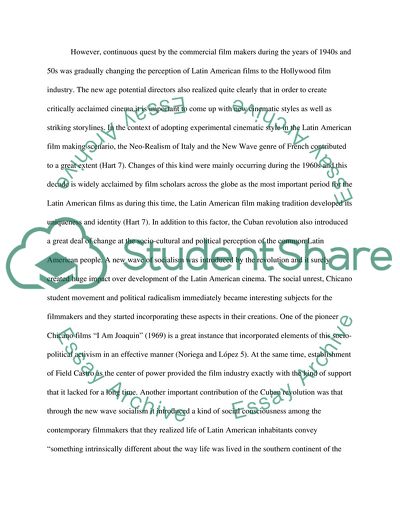Cite this document
(Latin American Cinematography and Discourses Offered by Chicano to the Essay, n.d.)
Latin American Cinematography and Discourses Offered by Chicano to the Essay. Retrieved from https://studentshare.org/visual-arts-film-studies/1731244-chicano-studies-chicano-film
Latin American Cinematography and Discourses Offered by Chicano to the Essay. Retrieved from https://studentshare.org/visual-arts-film-studies/1731244-chicano-studies-chicano-film
(Latin American Cinematography and Discourses Offered by Chicano to the Essay)
Latin American Cinematography and Discourses Offered by Chicano to the Essay. https://studentshare.org/visual-arts-film-studies/1731244-chicano-studies-chicano-film.
Latin American Cinematography and Discourses Offered by Chicano to the Essay. https://studentshare.org/visual-arts-film-studies/1731244-chicano-studies-chicano-film.
“Latin American Cinematography and Discourses Offered by Chicano to the Essay”. https://studentshare.org/visual-arts-film-studies/1731244-chicano-studies-chicano-film.


